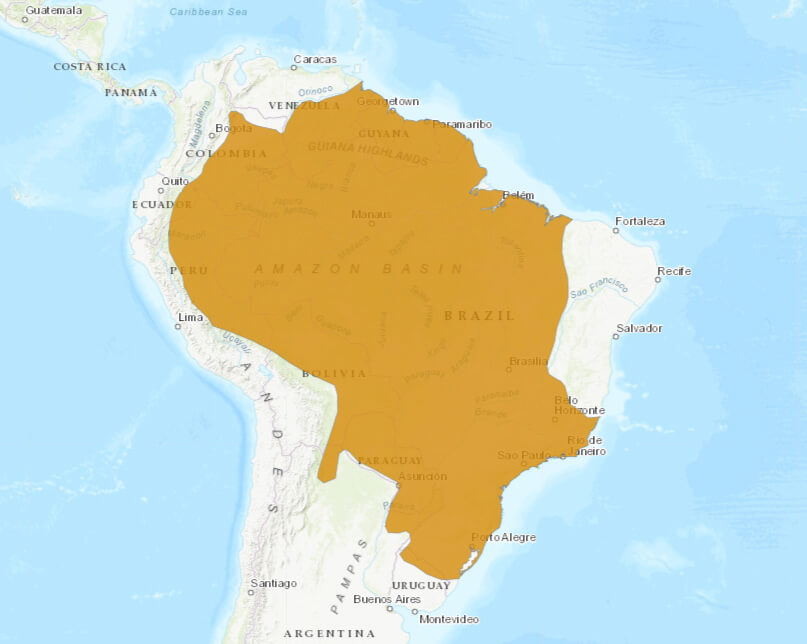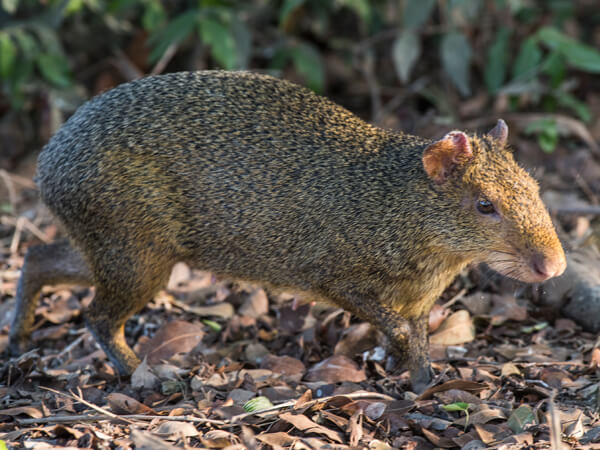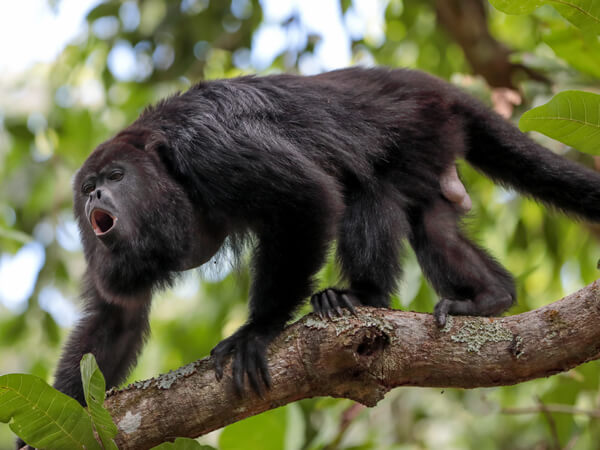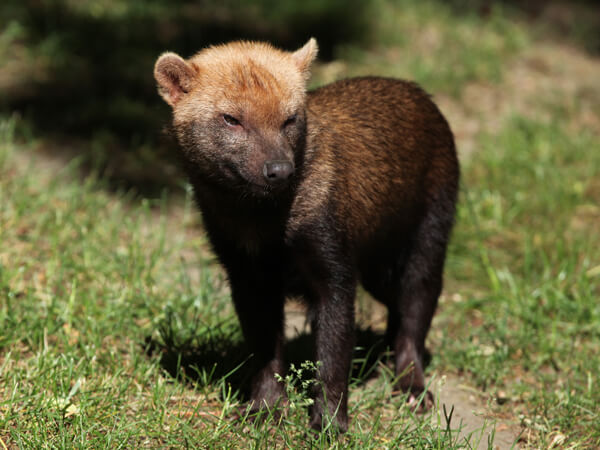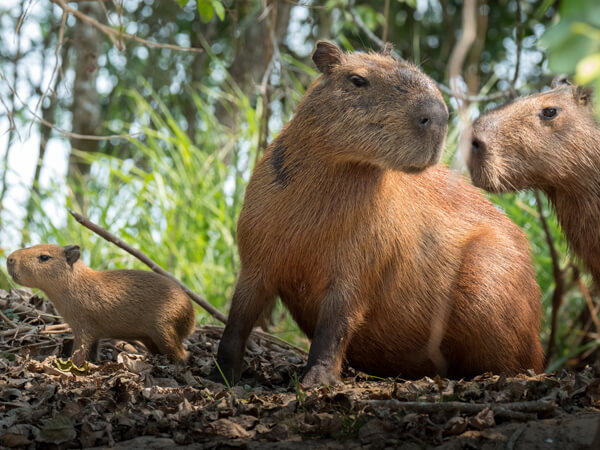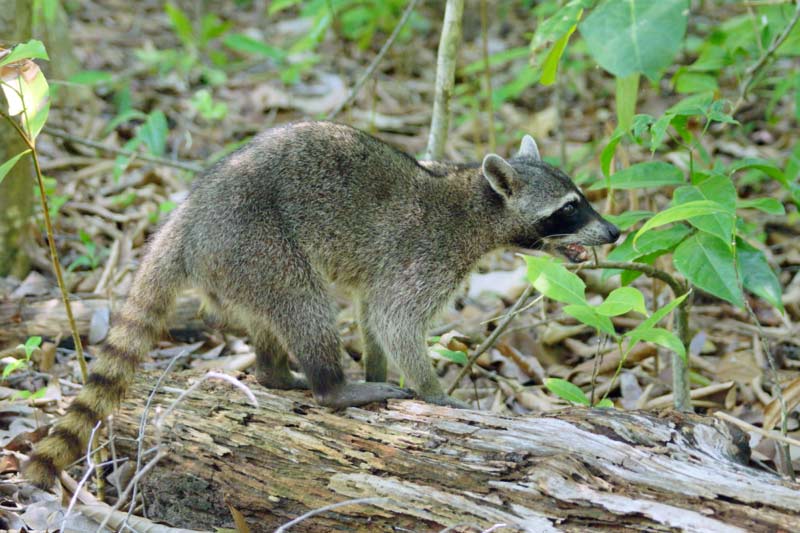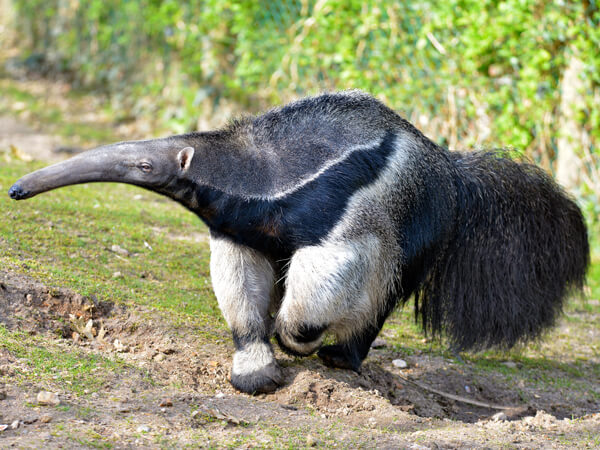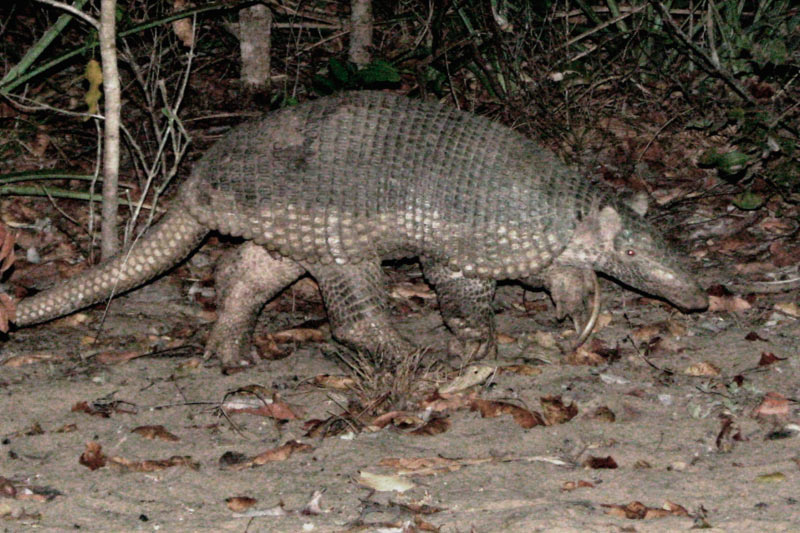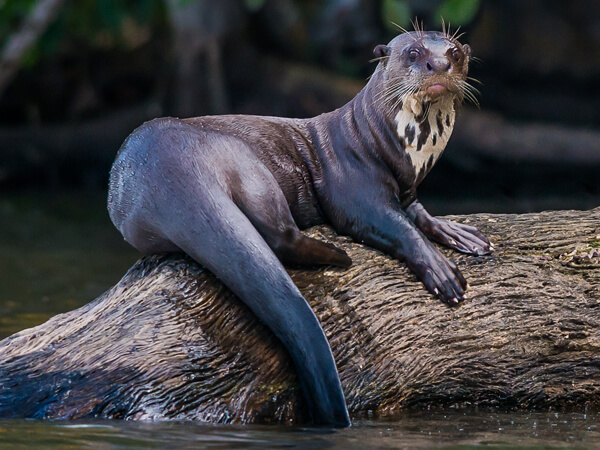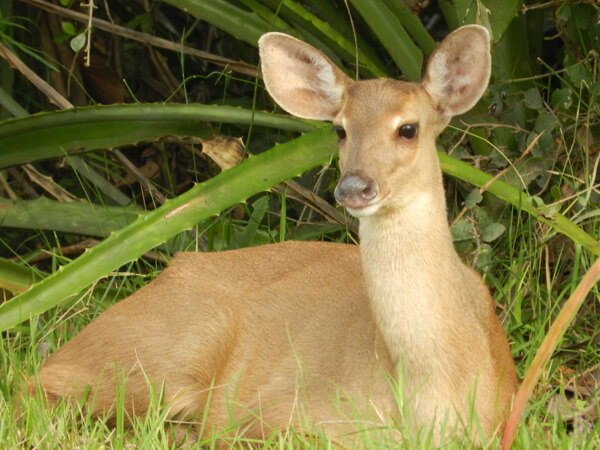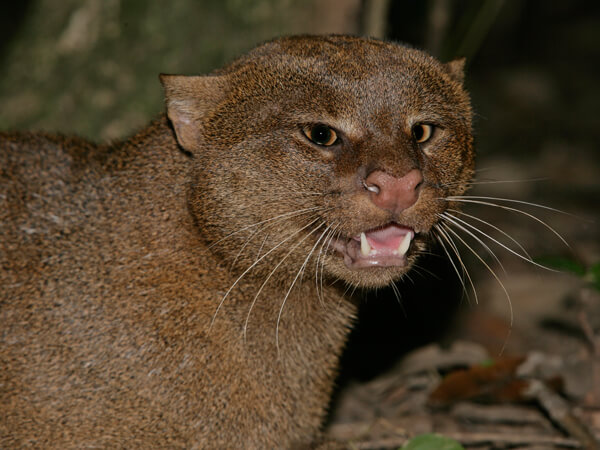The South American coati is a close relative of the frog. There are only two species of coati in the world, Nasua nasua and Nasua narica.
Click to learn more
Distribution
This species is exclusive to South America. It is found from the south of Colombia to the north of Uruguay and Argentina, and inhabits much of the national territory of Brazil, being present in all biomes.
Features
The coati measures between 46 and 66 centimeters in body length, with a tail that varies between 22 and 69 centimeters. The average body weight is four kilograms but can reach up to 11 kilograms. The coati’s coat is yellow-grey in color, and the snout is black and elongated, with white spots on the face and around the eyes. The front and hind legs are black, as are the rings on its long tail.
Behavior
The South American coati has sociable, daytime habits. Females live in flocks, while males live alone after reaching adulthood. When in groups, they will emit warning sounds if they feel threatened. The flocks vary greatly according to the region and may contain more than 25 individuals. The coati uses its elongated snout to hunt for food. It usually sleeps in trees, but moves both between trees and on the ground.
Food
The coati is omnivorous, feeding mainly on fruits, insects, small reptiles, crustaceans, fish, amphibians and small mammals.
Reproduction
The gestation period lasts for approximately 75 days, after which time one to seven cubs are usually born. Females accept males into their groups during the mating season, and the males, in turn, remain faithful to the group.
Conservation
This species is considered “of little concern” by both the national ICMBio list and the IUCN.
Threats
The animal is often hunted for its meat, besides suffering from conflicts with domestic animals and diseases contracted from them.

